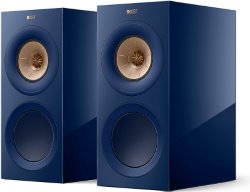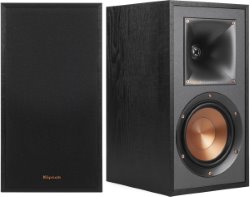KEF R3 Meta vs. Klipsch Reference R-51M
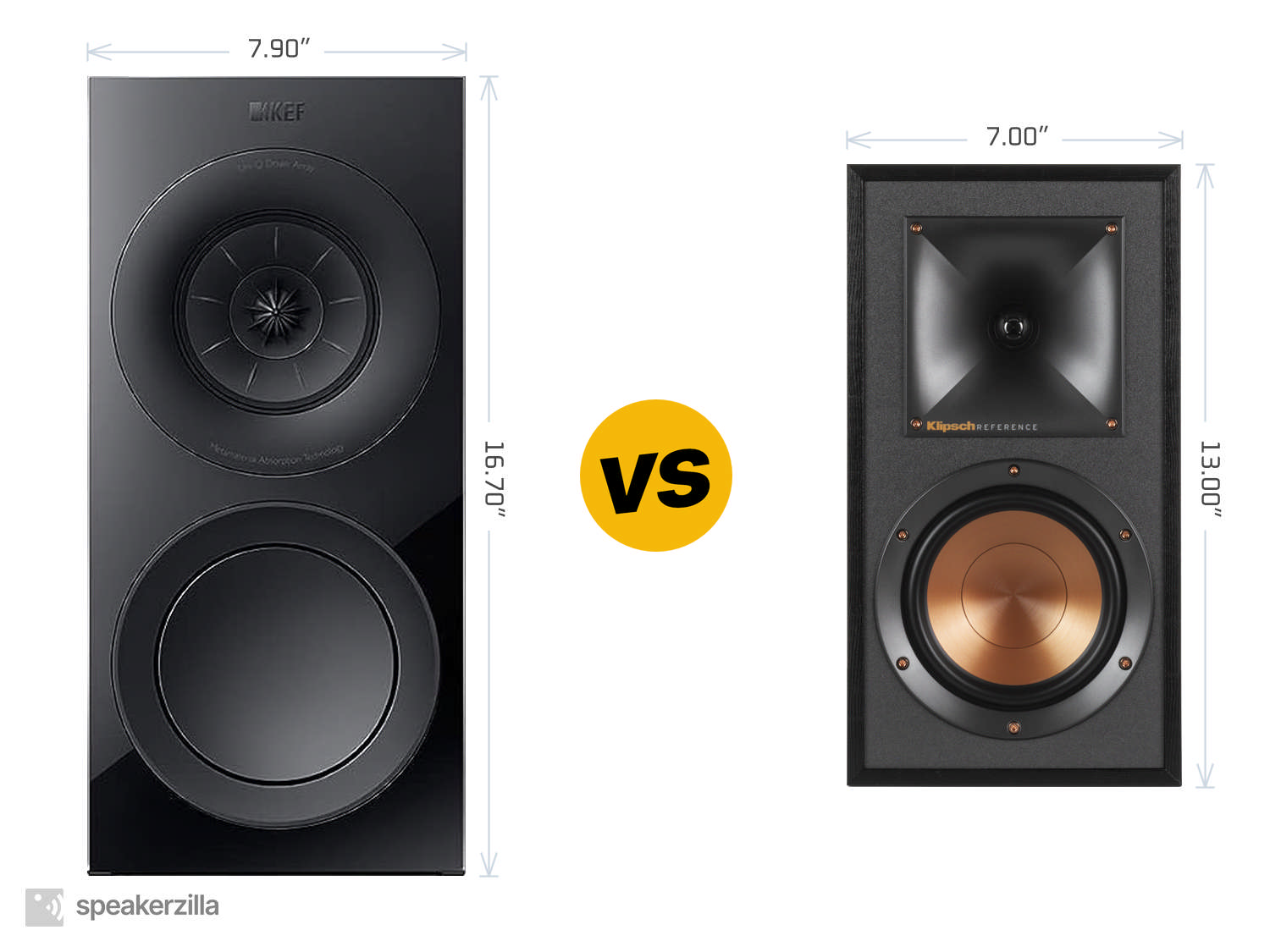
| KEF R3 Meta Bookshelf Speakers | Klipsch Reference R-51M Bookshelf Speakers |
| MSRP | |
| $2200 | $350 |
| Dimensions (H × W × D) | |
|
16.70” × 7.90” × 13.50” 424mm × 201mm × 343mm |
13.00” × 7.00” × 8.56” 330mm × 178mm × 217mm |
| Power Type | |
| Passive | Passive |
| Frequency Response | |
| 58-28,000 Hz | 62-21,000 Hz |
|
Amazon.com
|
Amazon.com
|
Key Takeaways
TLDR Summary: In the high-fidelity audio arena, the KEF R3 Meta and Klipsch Reference R-51M represent two starkly different philosophies. The KEF R3 Meta, with its Uni-Q driver and Metamaterial Absorption Technology, offers a sophisticated, detailed soundstage and a neutral tonal balance ideal for critical listening. In contrast, the Klipsch R-51M features a dynamic, horn-loaded design that favors a lively, robust presentation with an emphasis on efficiency and a forward sound. While the KEF leans towards precision and refinement, the Klipsch thrives on raw energy, making the choice between them a matter of personal sonic preference.
Speaker Comparison
When it comes to the world of high-fidelity audio, the bookshelf speaker segment is exceptionally competitive, offering a wide range of options for the discerning audiophile. Two models that have garnered attention are the KEF R3 Meta and Klipsch Reference R-51M. Both have unique attributes and sonic signatures that cater to different tastes and preferences.
The KEF R3 Meta, part of KEF's updated R Series, integrates the innovative Metamaterial Absorption Technology (MAT) which aims to reduce distortion and enhance purity of sound. This approach to sound engineering is a leap forward, potentially setting a new benchmark for audio clarity in its class. On the other hand, the Klipsch Reference R-51M retains the classic Klipsch sound with a focus on delivering dynamic and efficient performance, using its trademark Tractrix horn-loaded technology to ensure a lively and engaging listening experience.
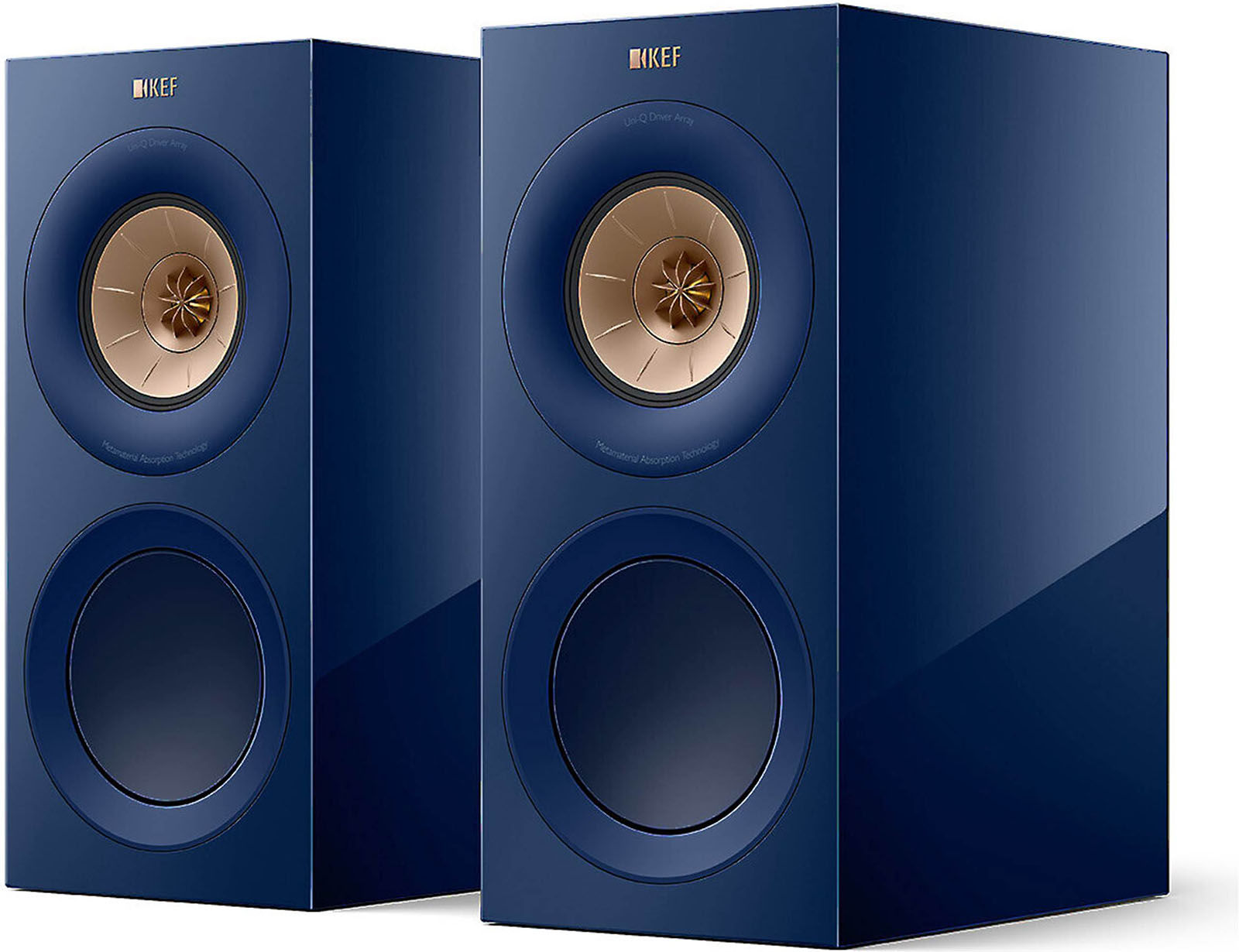
 (at Amazon.com)
(at Amazon.com)Design and Build Quality
Beginning with aesthetics and build, the KEF R3 Meta sports a sleek, modern design with its Uni-Q driver array, which positions the tweeter in the acoustic center of the midrange cone. This not only improves the time alignment between drivers but also widens the sweet spot for listening. The R3 Meta's cabinet design and construction are top-notch, with a seamless integration of the drivers into the baffle, reflecting KEF's dedication to high-quality craftsmanship.
In contrast, the Klipsch R-51M speakers have a distinctive look that is emblematic of the brand, featuring the copper-spun IMG woofers that add a striking visual element. The build quality is robust, with a textured wood grain vinyl finish that gives the speakers a rugged yet classic appeal. The emphasis is on durability and longevity, ensuring that these speakers can stand the test of time in both performance and appearance.
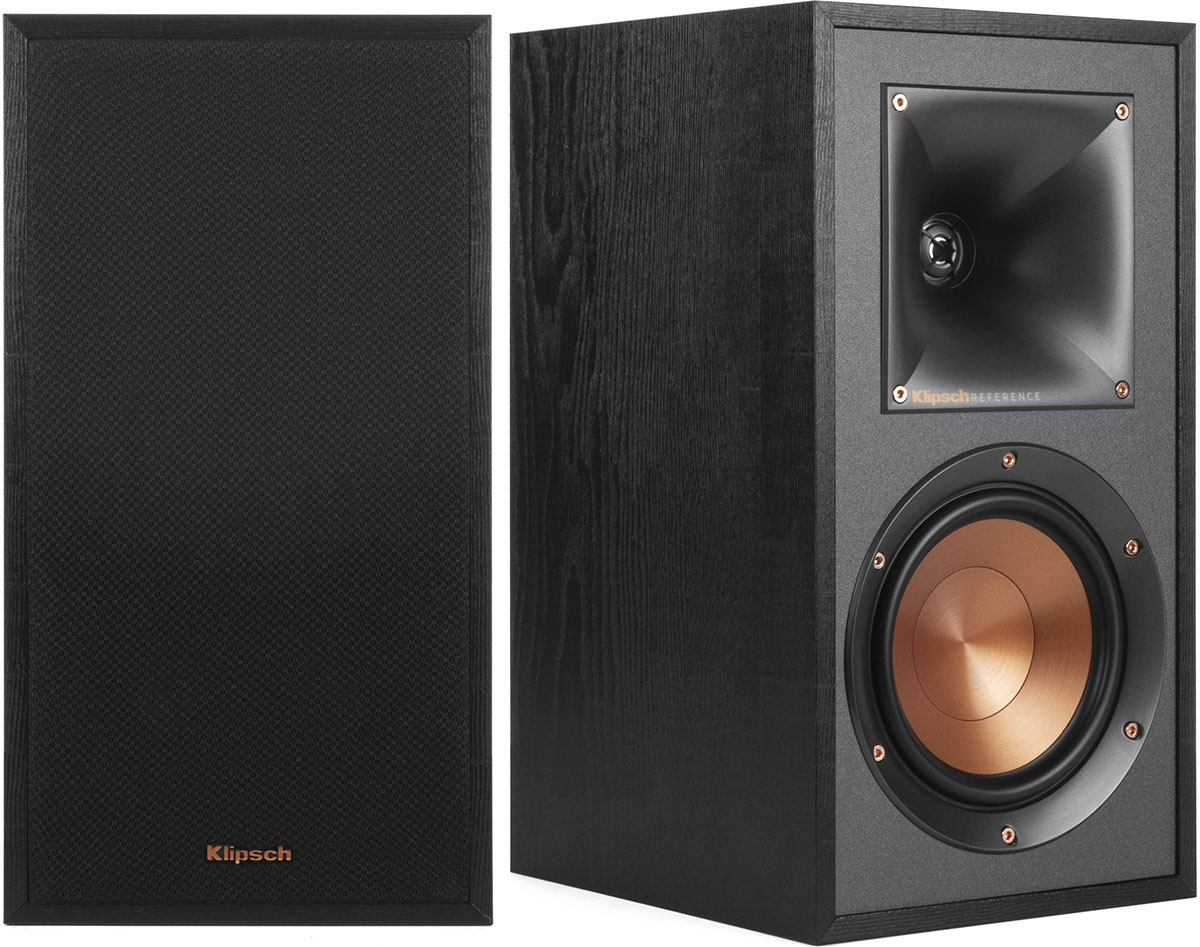
 (at Amazon.com)
(at Amazon.com)Sound Characteristics
Sound-wise, the KEF R3 Meta offers a level of precision and neutrality that is quite astonishing for a speaker of its size. The MAT technology truly shines, delivering an incredibly clean and detailed high-frequency response, while the midrange is articulate and transparent. The bass response is tight and well-controlled, thanks to the R3 Meta's well-engineered ported design, providing a balanced and coherent sound across the frequency spectrum.
Compare to similar speakers
The Klipsch R-51M, conversely, offers a more aggressive and forward presentation, especially notable in the midrange and high frequencies due to its horn-loaded tweeter. This makes for an exciting and dynamic listening experience, ideal for those who prefer their music with an added sense of immediacy and impact. Klipsch fans will appreciate the ample bass response and the impressive efficiency of these speakers, which allows them to perform exceptionally well even with modest amplification.
Room Integration and Versatility
The KEF R3 Meta speakers are relatively forgiving in terms of placement, though they do benefit from some breathing room to truly excel. They integrate well into a variety of room sizes and acoustics, showing off their versatility. Additionally, the R3 Meta's soundstage is expansive and immersive, creating a three-dimensional audio landscape that can be appreciated in both music and home theater settings.
On the flip side, the Klipsch R-51M speakers are quite sensitive to placement due to the directivity of their horn-loaded design. They can provide an impressive soundstage, but they demand careful positioning to ensure the best balance and integration into the listening environment. They are, however, quite efficient and versatile in terms of the types of amplifiers they can be paired with, making them an easy fit for various setups.
In the final analysis, choosing between the KEF R3 Meta and Klipsch R-51M bookshelf speakers will largely depend on personal taste, listening habits, and the specific requirements of one's audio system setup. The R3 Meta shines with its state-of-the-art technology and refined sound, while the R-51M offers the classic Klipsch energy and efficiency. Both are commendable contenders in the bookshelf speaker market, each with its own strengths that cater to different segments of the audiophile community.
- KEF R3 Meta reviews and FAQs
- Klipsch Reference R-51M reviews and FAQs
Check Current Prices: |
|
|
Amazon.com
|
Amazon.com
|
Affiliate Disclosure: As an Amazon Associate, we earn from qualifying purchases.
